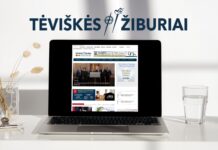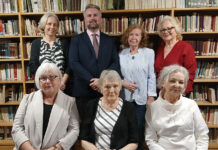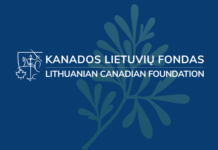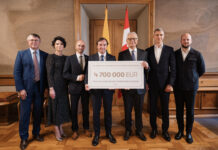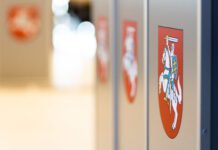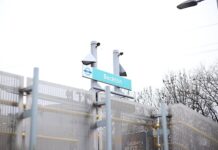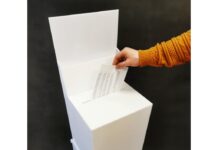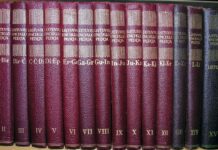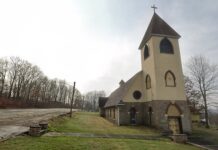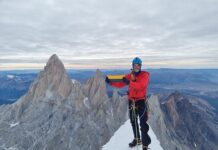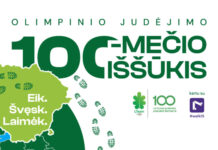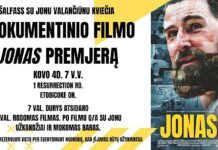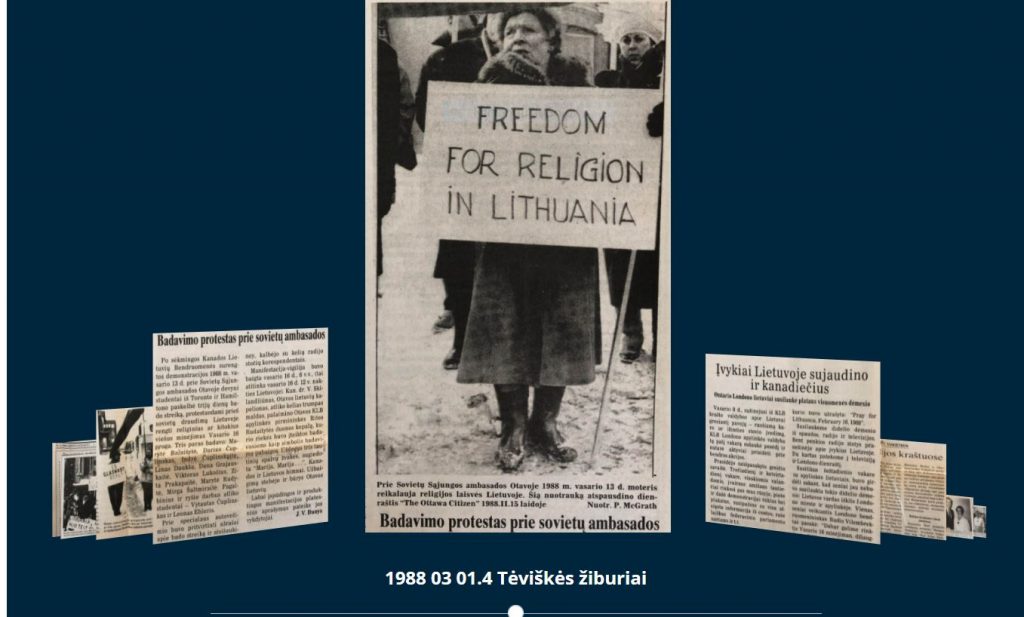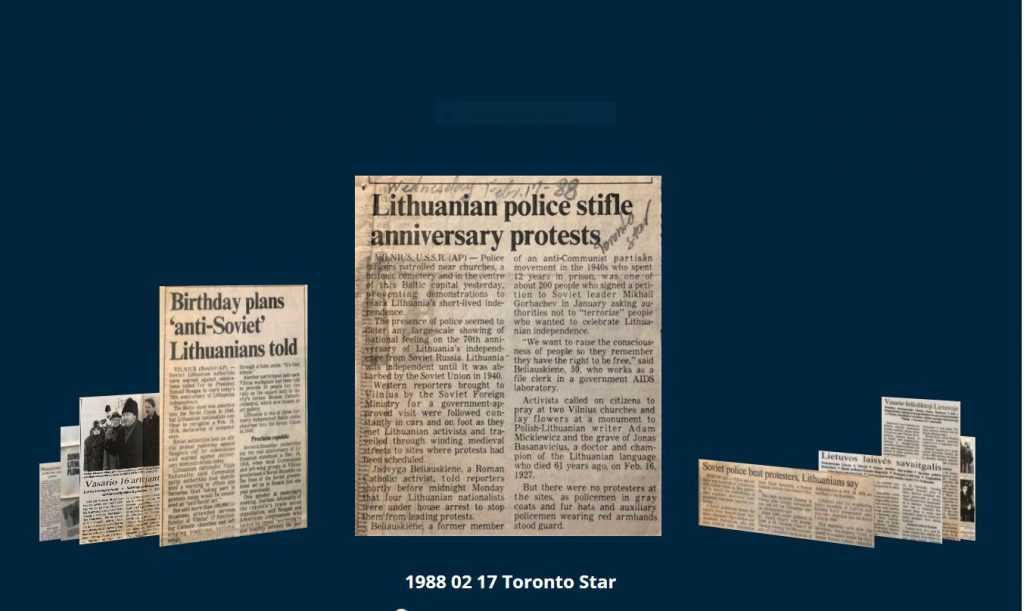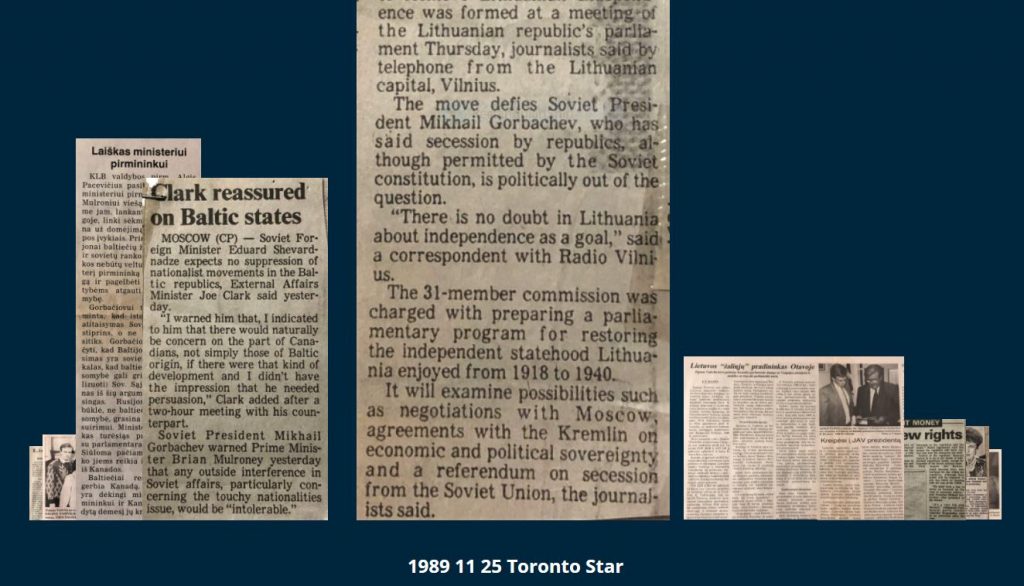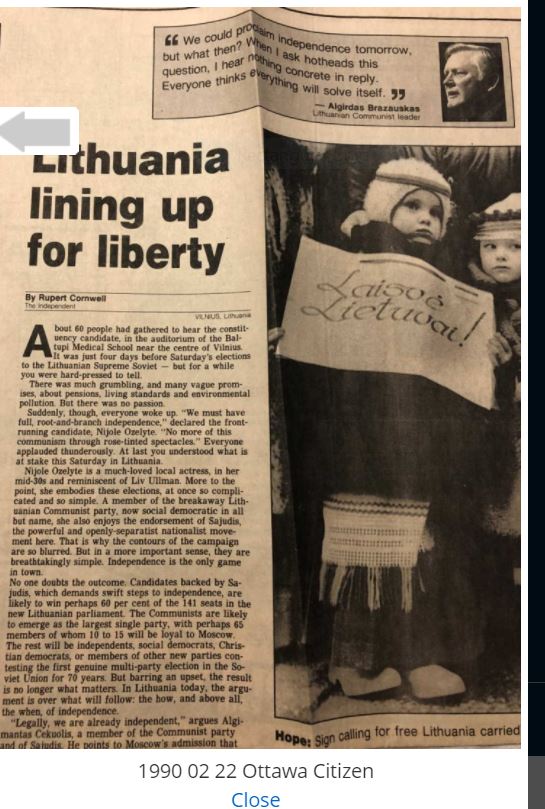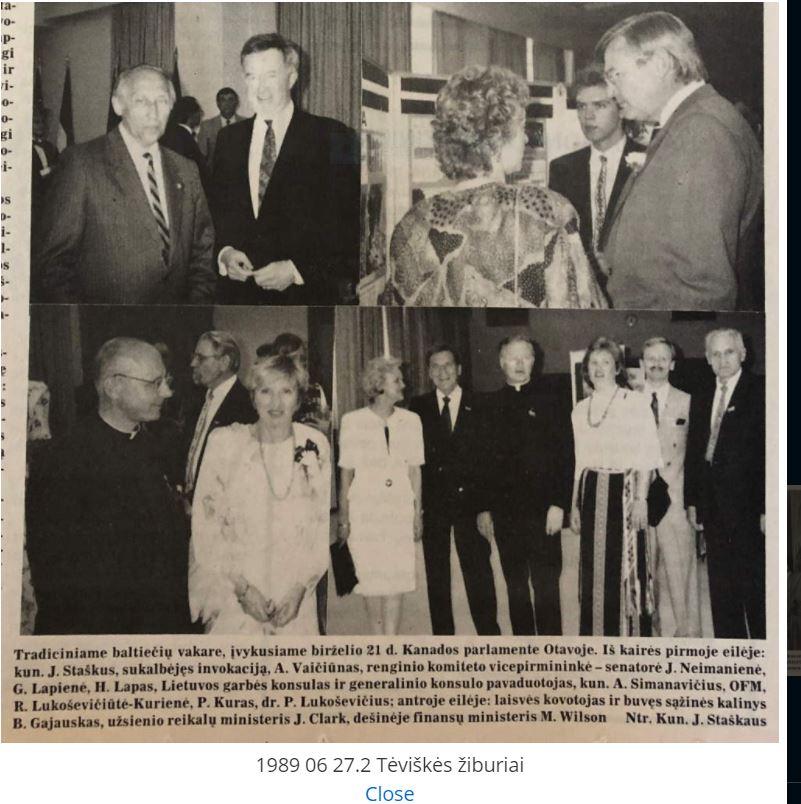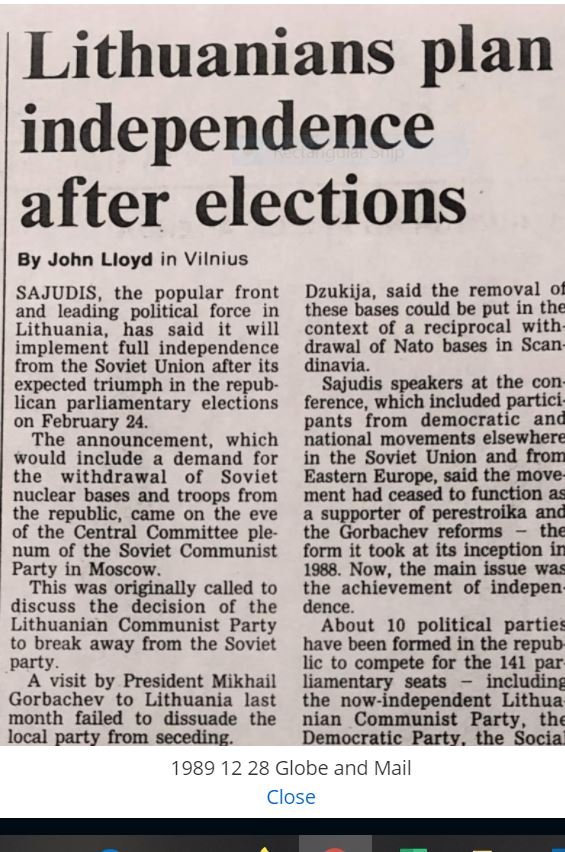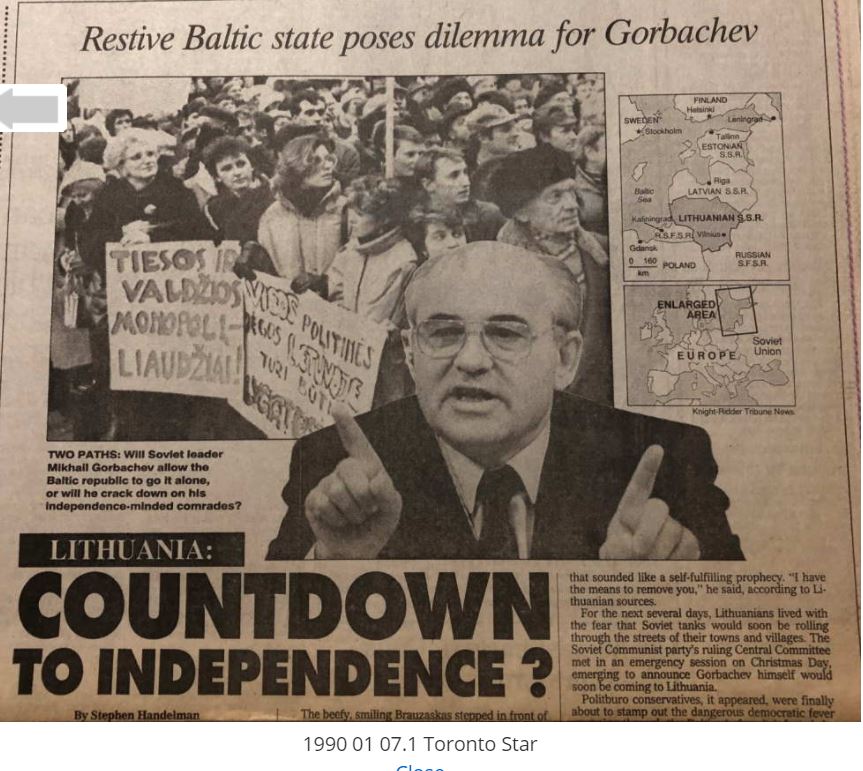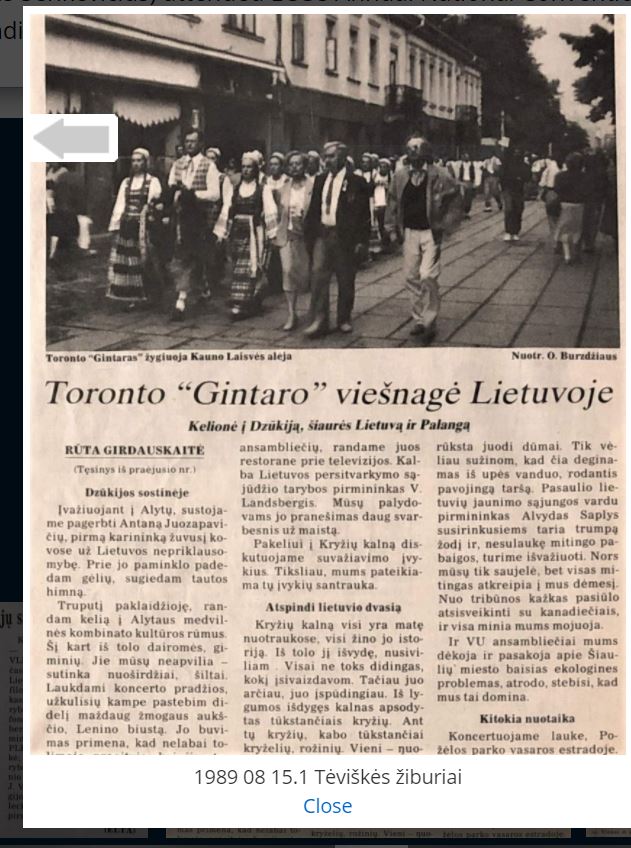
On the website of the Lithuanian Museum-Archives of Canada
A virtual exhibition about the contribution by Canada and the Lithuanian Community to the struggle for Lithuanian freedom
This exhibition is a part of a wider and more comprehensive presentation dedicated to the 30th anniversary of the Restoration of Lithuanian Indepedence being celebrated this year. Unfortunately, the COVID-19 pandemic and subsequent restrictions continue to prevent visitors from coming to the Museum to see the planned display in person. Thanks to current technology, the exhibition can be seen on the website www.lithuanianheritage.ca (Digital Gallery) from the safety and comfort of your home, where you have time to remember the period that was so important to the Lithuanian community and to Lithuania.
Through photos and press clippings, the exhibition tells the story of the events and efforts organized by the Lithuanian Canadian Community to assist Lithuania during those politically critical times. The perestroika begun by Gorbachev and the fall of the Berlin Wall resurrected new hope and determination for Lithuania to restore its independence. The Lithuanian Community of Canada had kept the issue of Lithuanian freedom in the forefront through the decades by raising political awareness in Canada and abroad. During that crucial period, the Community once again used any available contacts with various political levels of government in Canada to promote and solicit support for the cause. The community’s activists were successful: the government of Canada supported Lithuania’s endeavours and was the nation which offered and delivered assistance to the restored independent republic.

This is the story told by clippings from Canadian newspapers of the time: The Globe and Mail, The Toronto Star, The Toronto Sun, The Hamilton Spectator, The Ottawa Citizen ,The Montreal Gazette and the Lithuanian Canadian weekly Lights of Homeland (Tėviškės žiburiai). Today, thirty years later, it is fascinating to read about the events occurring in Lithuanian politics through the eyes of Canadian journalists.
The exhibition is presented in five parts, according to events and themes. It begins in 1987 with perestroika and the birth of the Independence Movement, called Sąjūdis; the fifth and last section encompasses the years 1992 to 2004, as Lithuania returned to the international stage and became a member of NATO and the European Union. Various banners portray glimpses of the longing, tension, worry and joy Lithuanians experienced during those times. (Banner texts are easily read by clicking on any article for magnification.)
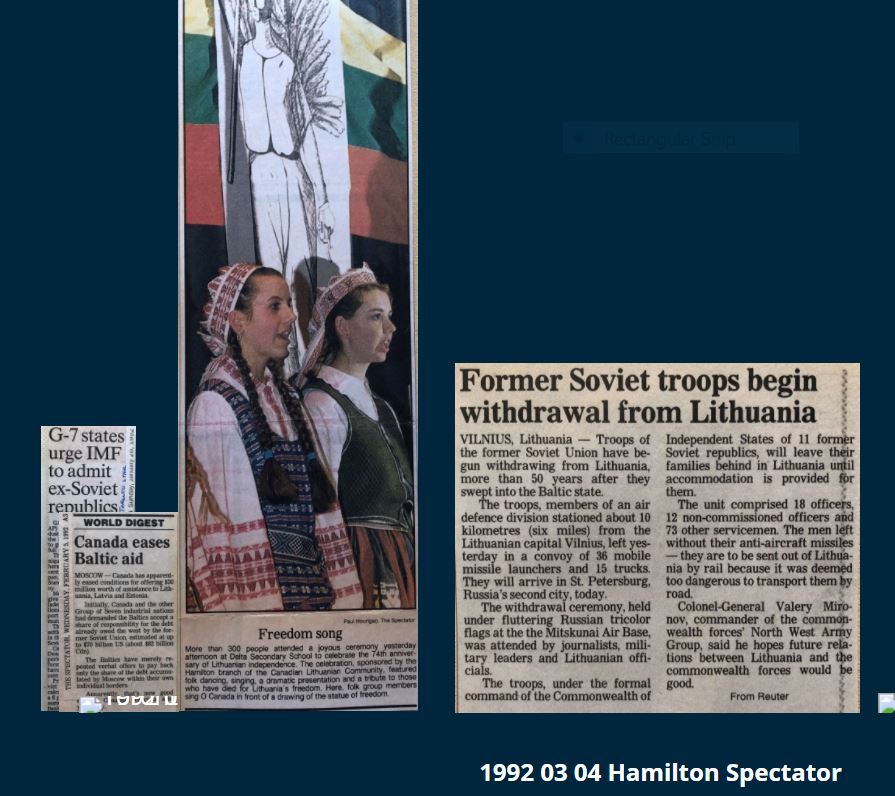
One can only imagine how long it took the curator of this exhibition, Gabija Petrauskienė, who is also a long-time archival assistant at the LMAC, to extract and sort the press clippings and photos for the various banners, to establish a chronology for each section and to supply the necessary explanations. For Gabija, having been the vice-president of the World Lithuanian Community at that time, it was actually a review of those events. She was instrumental in establishing and strengthening the Lithuanian administration in 1991 when she was the Prime Minister’s advisor. Later, together with the Canada International Development Agency (CIDA) she created a support strategy to reinforce the public service. For her accomplishments she was awarded the Cross of the Grand Duke Gediminas in 2015.

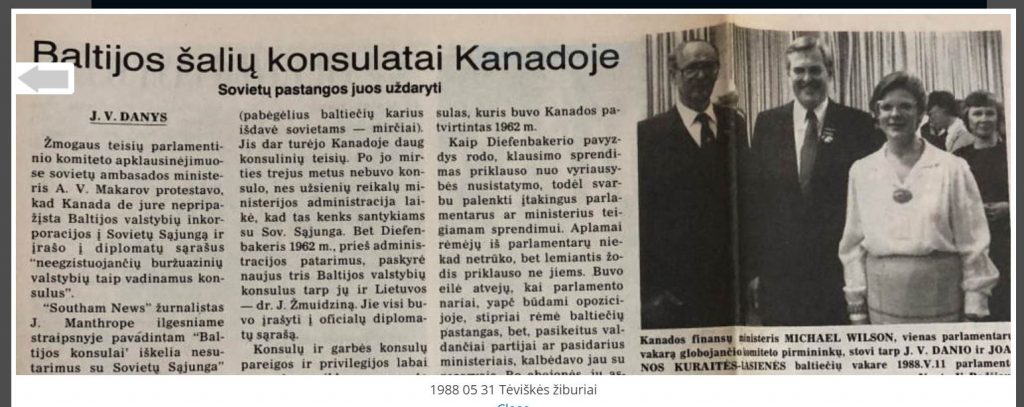
For Lithuanian Canadians who were also organizers and participants of various events portrayed in the exhibition, it is an opportunity to remember the work of many decades, the fundraisers and demonstrations that brought community members and all Balts together for one cause – Lithuanian Independence. For others, the exhibition is a powerful history lesson, especially for the younger generation born after the Restoration of Independence, whose members may find it difficult to imagine the path taken by their parents or grandparents and their efforts and achievements. The spirit of the times is present in the images of the political protests, youth hunger strikes, commemorations, demonstrations at the Soviet Embassy, meetings with Canadian politicians, and the Million for Lithuania campaign. Hopefully the members of the Lithuanian Canadian Youth Association and the Lithuanian Language School students will make time to review the exhibition. It is worth remembering this overview not only as the story of Lithuanian freedom, but also of the strengthening of the bond between Canada and Lithuania, and the opportunity for unity and meaningful cooperation in the Community itself.
Photos from the LMAC exhibition



